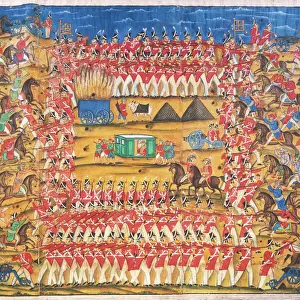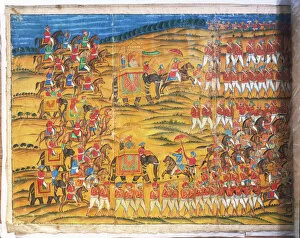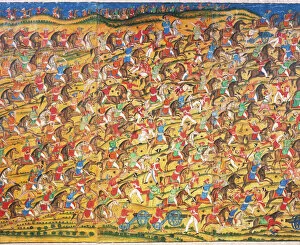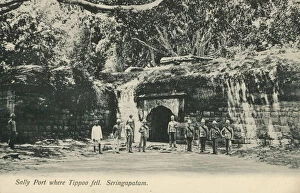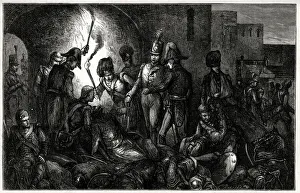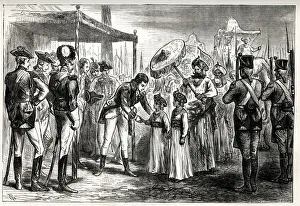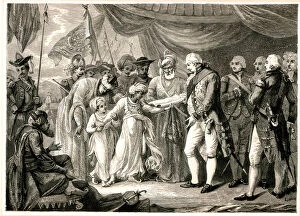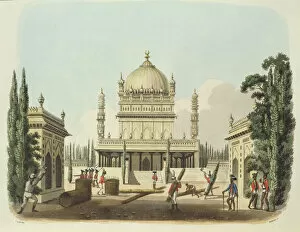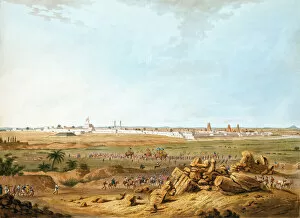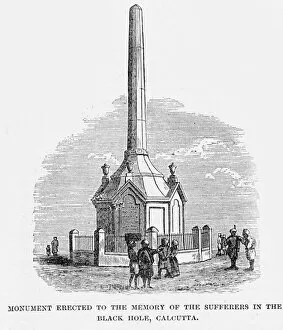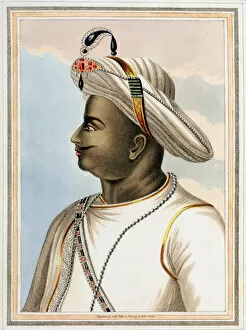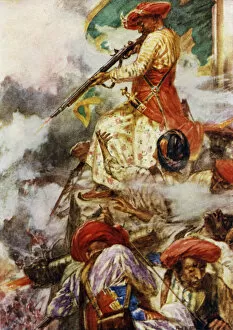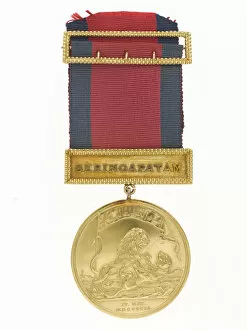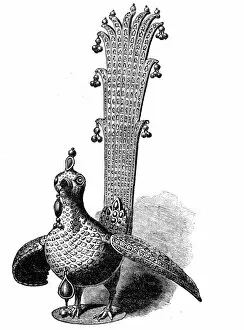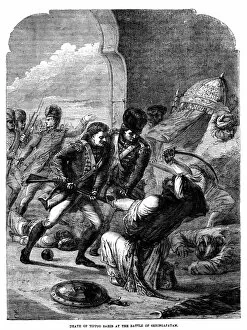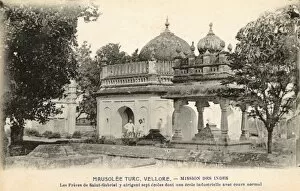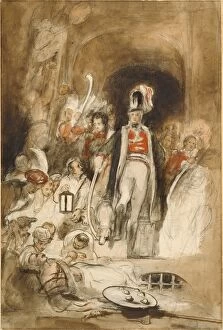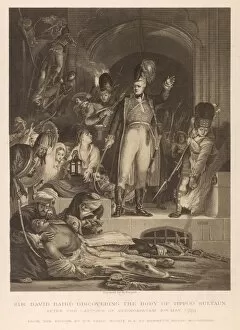Tipu Collection
"Tipu Sultan: The Valiant Warrior of Mysore" Step into the historical realm and discover the captivating tale Sultan
All Professionally Made to Order for Quick Shipping
"Tipu Sultan: The Valiant Warrior of Mysore" Step into the historical realm and discover the captivating tale Sultan, a formidable figure who left an indelible mark on Indian history. Born in 1749, this British Square military genius rose to prominence as the ruler of Mysore, showcasing his strategic brilliance in battles like Pollilur. The Battle of Pollilur stands as a testament to Tipu's tactical prowess. With his fierce Indian Cavalry Assault and skilled mercenaries, he fiercely defended against foreign forces seeking control over his kingdom. It was here that Tipu Sultan showcased his unwavering determination and resilience. However, fate took a tragic turn for this valiant warrior when he fell at the Water Gate during the Siege of Seringapatam. The discovery of his body on May 4th, 1799 marked the end of an era – a somber reminder of the sacrifices made by those fighting for their land's independence. Yet amidst these tales of war and tragedy, there were glimpses into Tipu Sultan's personal life. "The Departure of the Sons of Tippoo from the Zenana" etching portrays tender moments within his family circle - highlighting another facet behind this legendary leader. Even in defeat, Tipu Sultan's legacy endured. Lord Cornwallis received sons from him as hostages after their surrender – symbolizing both respect for their father's bravery and Britain's growing influence in India. Today, we remember Tipu Sultan not only as a brave warrior but also as a symbol of resistance against colonial powers. His story serves as an inspiration for generations to come – reminding us that even in adversity, courage can prevail and leave an everlasting impact on history’s pages.


